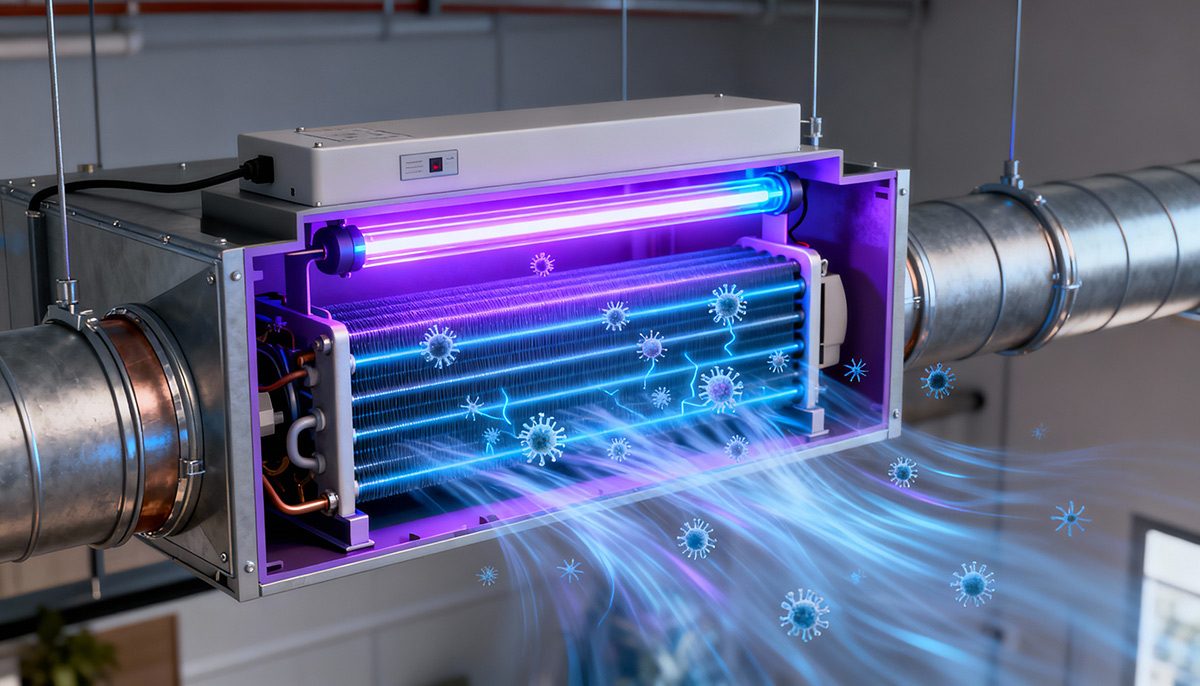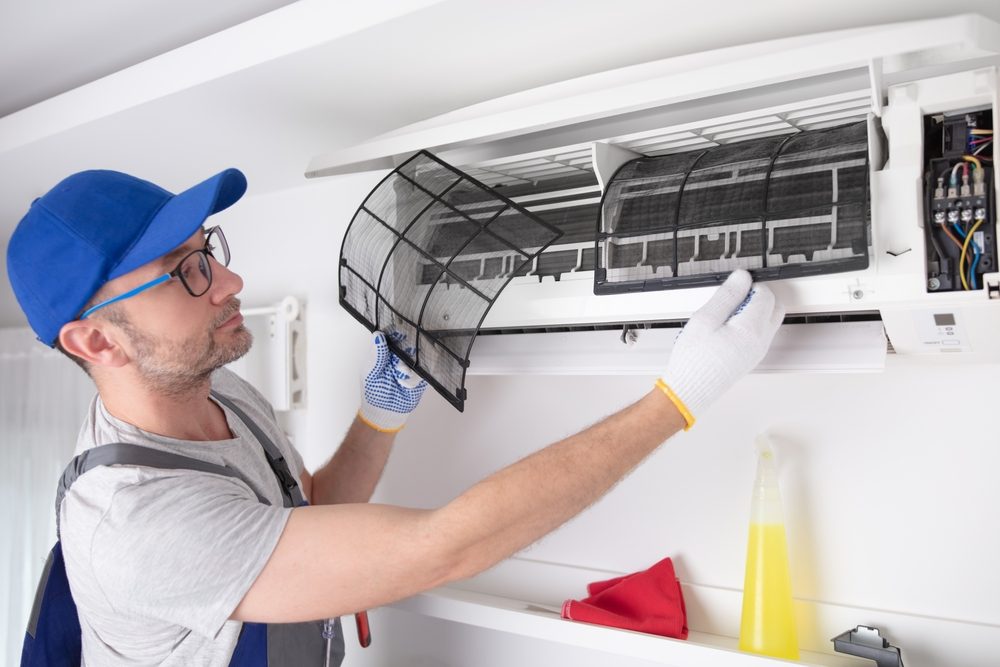
Knowing how your HVAC system operates is important for maintaining your home’s comfort all year long, and one of the features that you don’t want to overlook is the return air vent system.
In this article, we’ll explain what a return air vent is, how it differs from supply vents, and why it all matters to your home’s comfort. You’ll also find information about some of the common problems that can compromise return air performance including inadequate ventilation, duct leaks and dirty filters. Finally, we’ll look at how to maintain a trouble-free system. This guide is for homeowners and facility managers alike, allowing you to keep a healthy, efficient HVAC system up and running.
So let’s get started.
What is an HVAC return air vent system
An HVAC return air vent works in conjunction with an external air intake and is an essential part of a home’s heating and cooling system. Its job is simply to pull air from the return side, which is in your home, and recirculate it back to the HVAC unit, be that a furnace, air handler, or package system, so that it can be conditioned (ie, heated or cooled) again.
Return vents draw in air, which can sometimes be felt as a slight suction if you place your hand near the grille. Some homes have a large single return vent, usually on the wall or ceiling in a central location of the home. Others have a more distributed system, with smaller return vents located in various rooms or hallways, often higher up on the walls.
The type and quantity of return air vents you need also depends on other factors, including your home’s size, layout, number of floors and age. However it is configured, its purpose doesn’t change: keeping air moving, and pressure in balance, in your heating and cooling system. Air is pushed into the rooms through the supply vents and is pulled back to be reconditioned by the return vents, so it circulates endlessly. Return air systems also help with air filtration. In systems that have a central return, there is usually also a filter right at the vent to help catch dust and allergens.
How return air vents differ from supply vents
Return air and supply vents are the two primary vents of your home’s HVAC system. Both are necessary to ensure that air flows effectively and evenly throughout your home.
Supply vents allow conditioned air to enter your room. Whether that air is warm or cool, it is drawn into the living spaces through these vents. You can usually determine if something is a supply vent by placing your hand in front of the vent and feeling air being blown out. These vents are usually located in the floor, on a wall, along the baseboards or ceiling.
In contrast, return air vents draw air from your rooms back to the HVAC system, where it can be reconditioned and reused. Instead of blowing air out, they suck air in. These vents are usually on higher walls, or in the middle of the house and may have filters in them to catch dust and allergens.
A home may have a large single return vent or network of smaller return vents in various rooms and hallways. The decision about which setup to use will depend on a number of factors, such as the size and layout of the home, the number of floors and when it was constructed.
Supply and return vents must be properly balanced for the HVAC system to function effectively. Since air is being blown out of the supply vents and into your living space, it must then have a way to get back to the system, and that’s where return vents play their part, creating a consistent loop of flow and pressure to keep your home’s temperature regulated.
3 Common problems with return air systems
Let’s break down three common problems with return air systems.
Insufficient Airflow: One of the most typical return air system problems is weak airflow due to blocked vents, dirty filters or ductwork that hasn’t been sized correctly for the home. Compromised airflow makes it hard for your HVAC system to spread air evenly, leaving you with areas of your home that are too hot or too cold.
Leaky Ductwork: Air leaks in the return ducts can seriously compromise your HVAC unit’s effectiveness. If the air is leaking out you may end up paying more to maintain the desired temperature. Such leaks can also diminish indoor air quality by pulling in dust or pollutants.
Blocked or Dirty Filters: Filters are crucial for catching dust and allergens, but when they get dirty or clogged, they limit the amount of air the system can draw in. Not only does this impede the airflow, but it makes the HVAC work harder which can result in shorter equipment life, lower performance, and increased need for repairs.
3 tips to maintain a healthy return air system
Let’s look at three tips to keep your return air system in good health.
Keep Return Vents clear: Ensure that the vents aren’t blocked by furniture, drapes and other objects, as that could impede circulation and force the HVAC system to work harder than it needs to. Vent covers should be vacuumed or dusted occasionally to avoid obstructions that might restrict airflow.
Seal Leaky Ductwork: Leaky return ductwork can result in energy waste and inefficient operation of the system. Check your ducts for any visible gaps or loose connections, especially at the joints. And seal any leaks with mastic sealant or HVAC-grade foil tape, to get consistent airflow back to the HVAC unit.
- Maintain Your Filters: Clogged filters and coils can greatly reduce the effectiveness of your return air system. Replace your filters and clean them every 1-3 months, depending on your usage. High efficiency filters can increase air quality and prevent dust and debris from clogging up the system.
About Daikin
Daikin has your HVAC requirements covered, offering a wide range of systems for residential, commercial, and industrial settings. From packaged units and split systems to ductless mini-splits and advanced VRF (VRV) technology, Daikin products are engineered for optimal performance, energy efficiency, and comfort year-round.
Daikin leads the industry in innovation and customer support and has business in 170 countries with millions of systems installed. Learn more about Daikin’s HVAC products by contacting us today.



